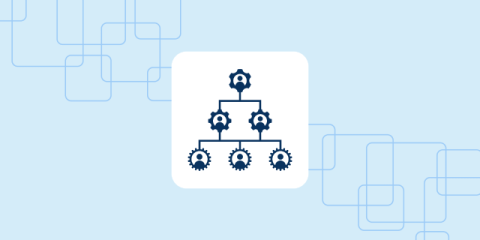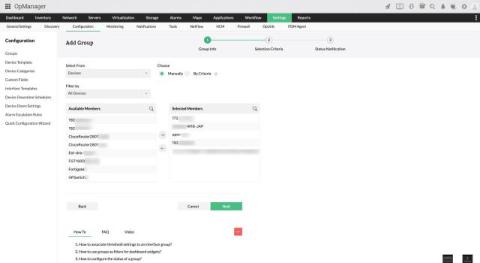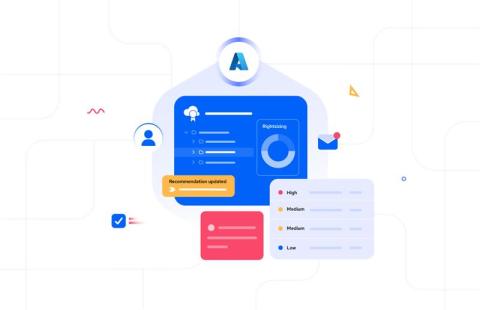EssayService Review: Does It Deliver on Quality and Affordability?
When it comes to academic writing assistance, EssayService has established itself as a top-tier provider, trusted by students for years. With its established presence in the industry, EssayService has built a strong reputation for providing high-quality, dependable assistance with assignments. Whether you're looking for a well-researched essay or support with a more complex project, the service consistently meets academic needs with professionalism and attention to detail. Numerous students depend on EssayService for their academic needs, resulting in a continually growing loyal customer base.











